Thru hiking is something that many hikers strive to do as they see it as a challenge. So, what is a thru hike? If you do not know, thru hikes are something that is known as hiking a long distance trail, from one end to the other, within one season. It is a fun and challenging experience that is known in the United States and even around the world.
This type of hiking is not to be confused with section hiking, where you hike parts of a trail by sections at once, that do not have to be in sequential order. This type of hiking is also known as End-to-End Hiking, and there is a lot to learn about it, as well as what areas are known for thru hikes.
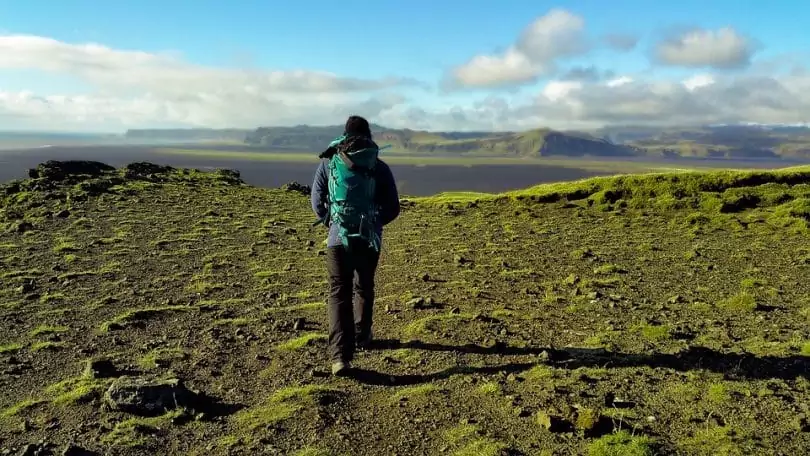
This type of hiking actually started many years ago when people traveled strictly on foot, and were doing so for their own personal fun, and to see the world around them. Some people have become well known for their trail blazing thru hikes, such as Lillian Alling, who aimed to walk from New York City to the Bering Strait, to take a boat back to Russia.
Or George W. Outerbridge who was the first person to thru hike the first part of the Appalachian Trail in the 1930s. Earl Shaffer was the first to thru hike publicly thru the Appalachian Trail in the 1940s.
Today, this type of hiking is considered difficult, but definitely fun and something new to do. It can take many months and many miles to hike areas, and there are many things you need to take with you to ensure you are safe and healthy. With the next 4 to 6 months in the mountains, you will want to plan well in advance like what to take, where to go, and where to stock up if you need food or anything else.
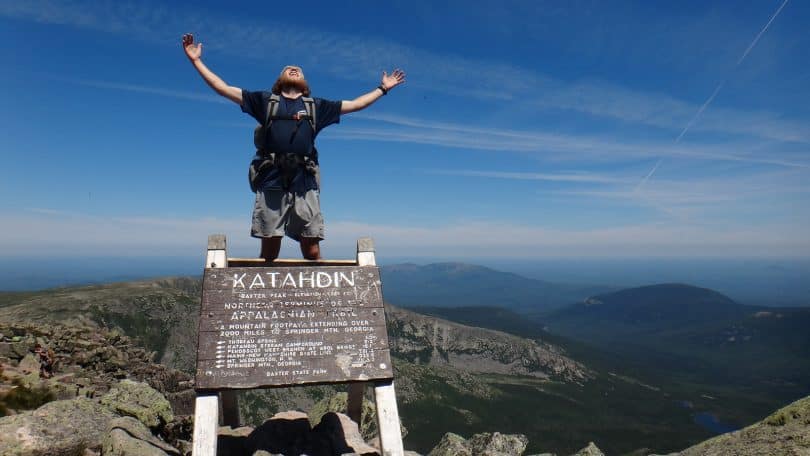
Since backpacking, mountaineering, and hiking, have become more and more popular within the United States and the world, many people try this form of hiking in the most well known places each year. But, not everyone can complete the long journey. For example, The Appalachian Trail Conservancy reports that about a quarter of thru hikers, actually finish the trail. Do you think you can do it? Let us talk more about it before you get too overwhelmed!
Features to Consider
The features of thru hiking are basically preparing yourself for the long haul. See below for some things you should do in preparation for such a feat.
Do not go into this lightly. You are going to want to do a ton of research on where to go, what gear to take, learn new trail skills, and more. This is something you will want to plan well in advance because you cannot wing a trip like this.

Thru hikes are quite daunting at times. Most people do not make the entire hike. To ensure you are successful in your mission, you should know some pitfalls that make people quit, and how you can handle them.
Expectations
Do not go into this thinking it is going to be easy. It will not be. You will be outdoors for several months and it is going to take a lot of determination and work to complete the mission.
Fatigue
Your body is going to get tired. You will be sore, tired, wet and dirty. You are going to be hungry and thirsty. Take care of your body so that your brain does not start telling you to quit. Mental fatigue can be very tough to overcome. Keep yourself going one minute at a time when you feel down.
Time and Money
This is where you want to stay in your budget and stay on track. Put a plan together about how much hiking you want to do on each day. Keep track of your progress and watch over the money you do have. Being aware of these things will ensure a successful trip.

Sickness or Injury
Thru hikes take a toll on your body, for sure. You will feel your muscles, joints and bones ache some days. Take care of your body before and during your hiking adventure. Each day you will want to stretch so that your body is limber. Plan ahead and train yourself and prepare for this. If you do injure yourself seriously, you may have to abort your trip early.
Life Events
We all know life can get in the way at times. Sometimes things occur, such as a death or sickness that requires you to leave the trail. You may have to leave for some time, but you can always get back on the trail at a different time.
Prepare for Success
When you are planning your trip ahead of time, try to define some goals that you want to achieve. Stay focused on big and small milestones to keep you going. Setting goals, such as not quitting if the weather is snowy, can be helpful when on the trail. The idea is to define what successes you want to achieve while you are thru hiking.

Gear Weight
Thru hikes are not the time to be carrying heavy gear. It can weigh down on you when you need the most energy. You want to be as efficient as possible so you can cover as much area per day. You will want very light gear and equipment in order to not be weighed down.
Attitude
Staying positive is key to being successful through your journey. You can do this and you can stay focused, even if times may be tough. If you are committed, strong willed and prepared, nothing can stop you. There is no time like the present, so start planning as early as you can, to get out there and be successful!
Where Can You Go To Thru Hike, and What Do You Need to Take With You?
Now we can get to the good stuff about thru hiking. There are many famous places in which you can thru hike and they are all over the world. We will discuss 3 in the United States, however. Below, we will discuss some of the most well known places that people enjoy this type of hiking.
Appalachian Trail
When people thru hike, chances are they are going to do so on the Appalachian Trail, as it is the most popular place to do so. Here, you will hike 2,190 miles of the trail and it should take you anywhere from 5 to 7 months to do the entire thing. You will have to register here in order to thru hike and you will have to know all of the regulations for the Trail. It also includes several places in which, to resupply on food and items, and you really only need to carry about 3 to 6 days of food before you need to get more. Do read our article on the Appalachian Trail apps and how to use it for your trip.
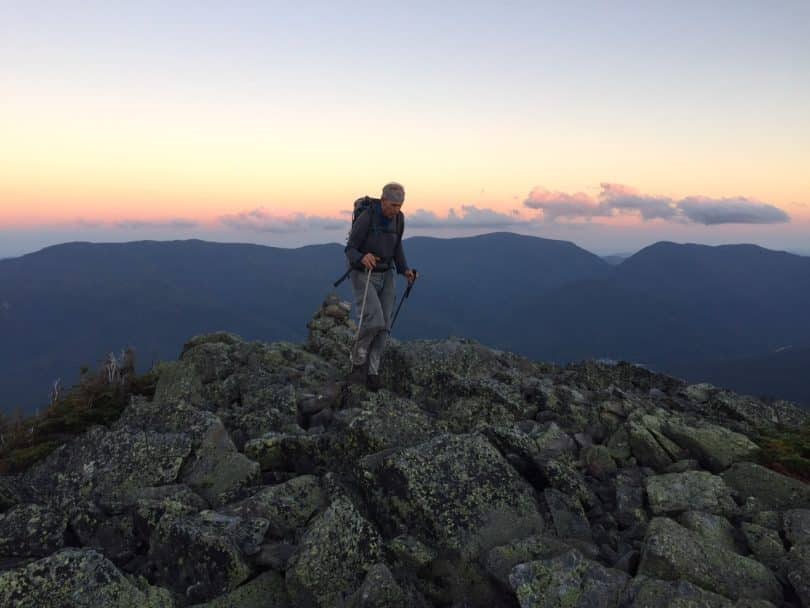
Pacific Crest Trail
This trail is 2,650 miles long and takes at least 5 months to complete. You will need a permit to hike here, which is in Southern California and goes up through Washington. In California, it can be terribly hot and you need to stay hydrated and safe. You can also climb Mt. Whitney while you are out on the trail!
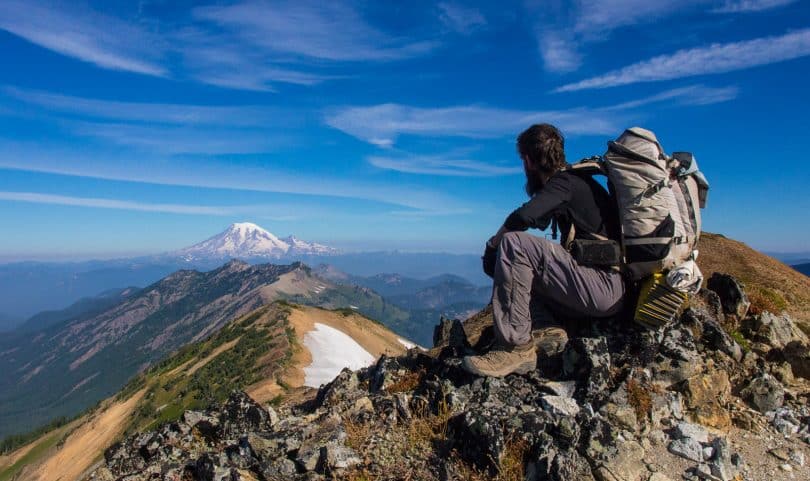
Continental Divide Trail
If you average 17 miles per day, you can complete this trail in 6 months. You will probably need a backpacking permit to go through the national parks. You will travel through 4 states; Colorado, New Mexico, Wyoming, and Idaho. Plus, you will touch on spots of Montana.
You will also run the trail in Mexico on one end and Canada on the other. Overall, you will travel 5,600 miles! That is quite the feat and you get to see some beautiful parts of the country, Mexico and Canada! One fun fact is that only about 200 people try this thru hike each year!
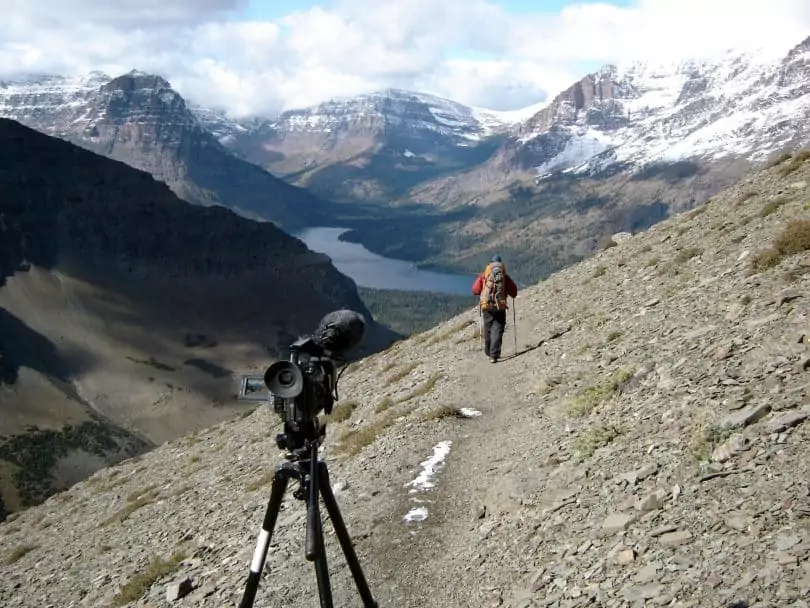
Now that you know some of the places where you can go, let us discuss what you should pack along with you. Remember, you want to keep everything simple and light in weight. Take only the essential items with you. You can always find little towns or places along the trail where you can purchase some food and drinks or pick up some extra items that you need.
| Items to Take on Your Thru Hike | Why You Need It |
| Shelter | You will need a tent to take with you in order to either sleep in or use in case of bad weather. Be sure it is light in weight. |
| Pack | Your gear pack needs to be light and compact, and should be as big as 40 to 65 liters. You will want something simple and that has a good internal frame. You do not need anything fancy for thru hiking. |
| Sleeping Bag | You will need a sleeping bag to sleep in at night. In the mountains, the temperature can get down to freezing digits and you need something that is insulated and fit for use each day and is resistant to water. Ideally, it will weigh under 3 pounds. |
| Sleeping Pad | You will need a sleeping pad for cushioning as you sleep after a long day of hiking. This helps your body to rest properly and get ready for another day outdoors. This should weigh about a pound or less. |
| Clothing | Many people make the mistake of packing too much clothing. Ideally, you need a couple of pairs of socks and underwear. Never bring along cotton clothing as it absorbs moisture.
You will need some insulating layers and clothing to go over that. Synthetic or wool fabrics are best. Also have a spare set of clothing while you are at camp so you can clean your hiking clothing. |
| Footwear | Your foot gear is the most important item to have. Many thru hikers like trail runners as opposed to heavy boots. Trail runners dry quicker, are lighter in weight, and do not cause as much pain or blisters on the feet.
You will want your trail runners to be about a size bigger than normal. Using these types of footwear allows you to cover more of the trail. |
| Water Purification System | You want to learn how to treat your water and make it clean and safe to drink. No matter what trail you are on, never take a chance.
Always make sure you filter and clean your water before drinking it. Having a purification system in place is important and you can find several when looking into it. |
| Stuff Sacks | Ideally, you will want to take 2 waterproof stuff sacks with you. One will be for clothing and the other will be for your sleeping bag.
These items need to stay dry always. Some hikers carry an extra stuff sack with snacks and things they can eat. |
| Guide Book and / or Map | Using a guide book can be helpful when finding shelter, campsites, and supplies. Using a map will give you the lay of the land, like terrain, and will prevent you from getting lost in the wild.
Most thru hikers prefer the AWOL’s AT Guide if you are in the Appalachian Trail. |
| First Aid Kit and Hygiene Products | Bring along the essential first aid and hygiene products in order to save space. Some items you will need include antiseptic wipes, gauze pads, cream, tape, hand sanitizer, toothbrush and paste, soap, and fire starter. |
| Knife or Multi Tool | This can help when cutting up your food to eat, or for any number of things you may encounter in the wild. Having this can make life a little easier. |
A few other items that you might consider taking, but are not exactly essential include the following:
- Hiking Poles can be used to help you take less of an impact on your knees when you are trekking along downhill. These can also be used as tent poles in a pinch.
- Stove or Cook Wear, basically make life easier when it comes to cooking your dinner after a long day. Many thru hikers carry little stoves in order to eat foods that would normally be heated. Having a bowl or pot to cook in allows your food to be eaten properly. For reviews of the top kerosene stoves for backpacking, see our must-read article.
- Headlamps can be used for hiking in the dark, which is not safe. You should use caution when hiking at night. If you decide to bring a headlamp, look for one with at least 70 Lumens.
- Electronics are luxury items when thru hiking. Some people want to bring their phone, mp3 player, laptop or camera. They even bring flashlights. You may do this to stay connected with the outside world, but you do not need them. They can be useful if calling for help, but you can always bring a radio for that. Other luxury items include pillows and books. See our article containing reviews of outstanding solar chargers to juice-up your gadgets.
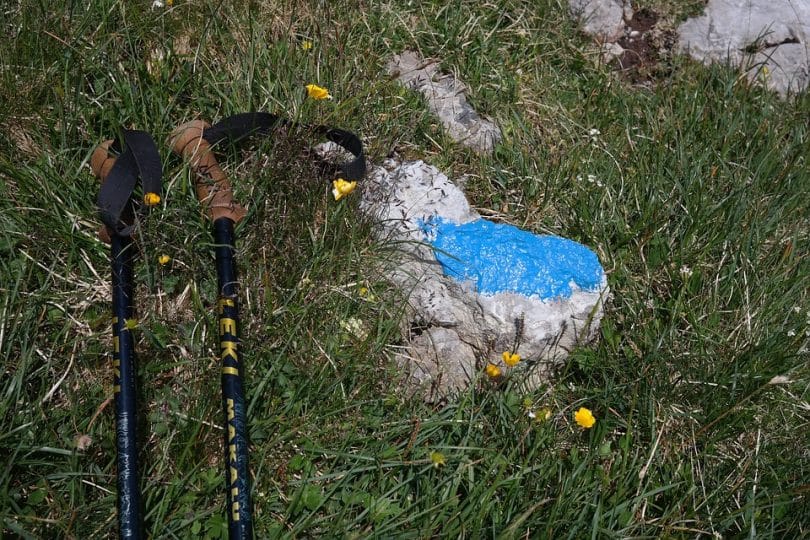
What Do Other Hikers Say?
Hikers say that thru hiking is definitely a challenge and that it is not to be taken lightly. Being gone for months at a time, roughing it outdoors, in any kind of weather can take a toll on you, mentally and physically. Hikers say that if you are going to attempt this, months long journey, you need to mentally prepare and get your body in shape for the long duration that you will be gone.
Hikers agree that using the lightest gear possible and bringing along only the essential items is what keeps the weight down and keeps your body going. Be sure to eat right, stretch, and get proper rest. Keeping a positive attitude helps, and having a friend or two to keep the confidence going is absolutely helpful. Hikers also agree that this is something that you will never forget and will be so proud of once you succeed.
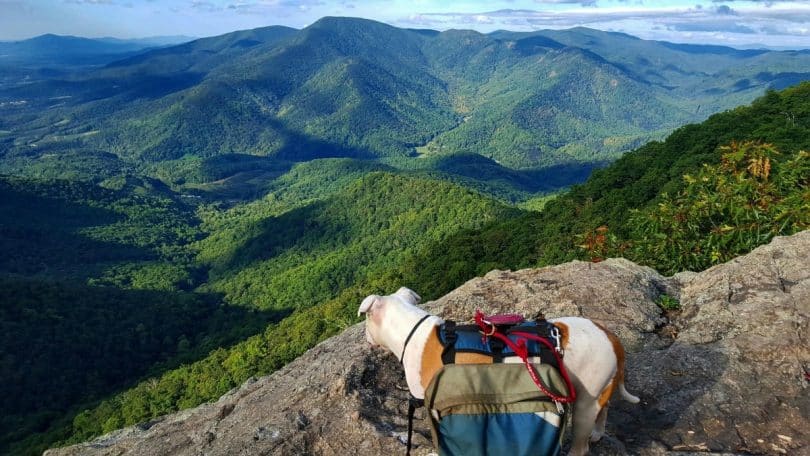
Pros and Cons of Thru Hiking
Thru hiking can definitely be a rush and an accomplishment, but does have some downsides to it. See below for a quick synopsis of the pros and cons.
Pros:
- Unforgettable journey
- Outdoors for long periods of time
- Seeing nature at its finest
- Putting your survival skills to use
- Getting many great photos
Cons:
- Takes a toll on the body and mind
- Can take several months
- Costs a lot of money
- Takes time to prepare for
- Some days will be bad for weather
While thru hiking takes a long time and a huge toll, it is definitely an achievement that not many will complete. This is why you need to be as prepared as possible with your gear, mind, and body in order to make it through this, months long journey. That being said, don’t forget to read our article on the first-rate hiking essentials to bring with you.

Do you have what it takes? Have you ever been thru hiking? Tell us about it and what gear you took, and what items were essential for your journey. Also, where did you do your hiking? Leave us a comment below and tell us everything!

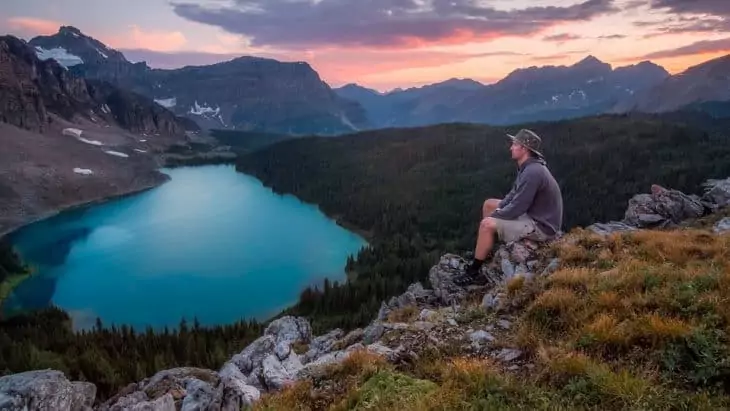

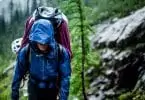

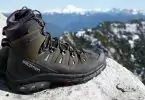
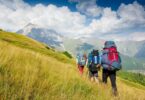
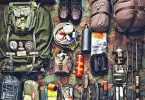
I’ve never heard anything about thru hiking before this article, but now, I’m educated and considering doing it myself. Any tips and tricks?
Always be prepared for the weather. Bring along comfortable boots to hike in and stay hydrated! Be sure to protect yourself from the sun and have a first aid kit in case you need it!
I have never heard of something like this. I went through whole article and I found it is really helpful. I am in middle of finding the right gear for this. And how many people will be ideal for similar hike?
You can take a group!